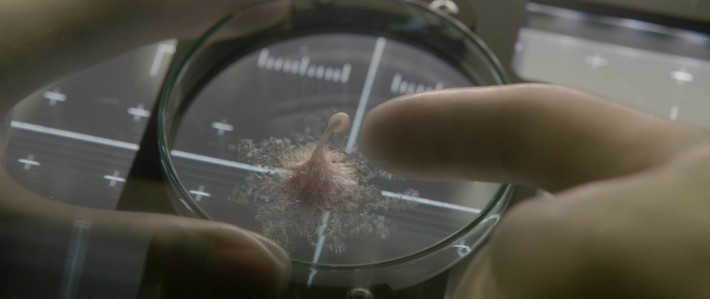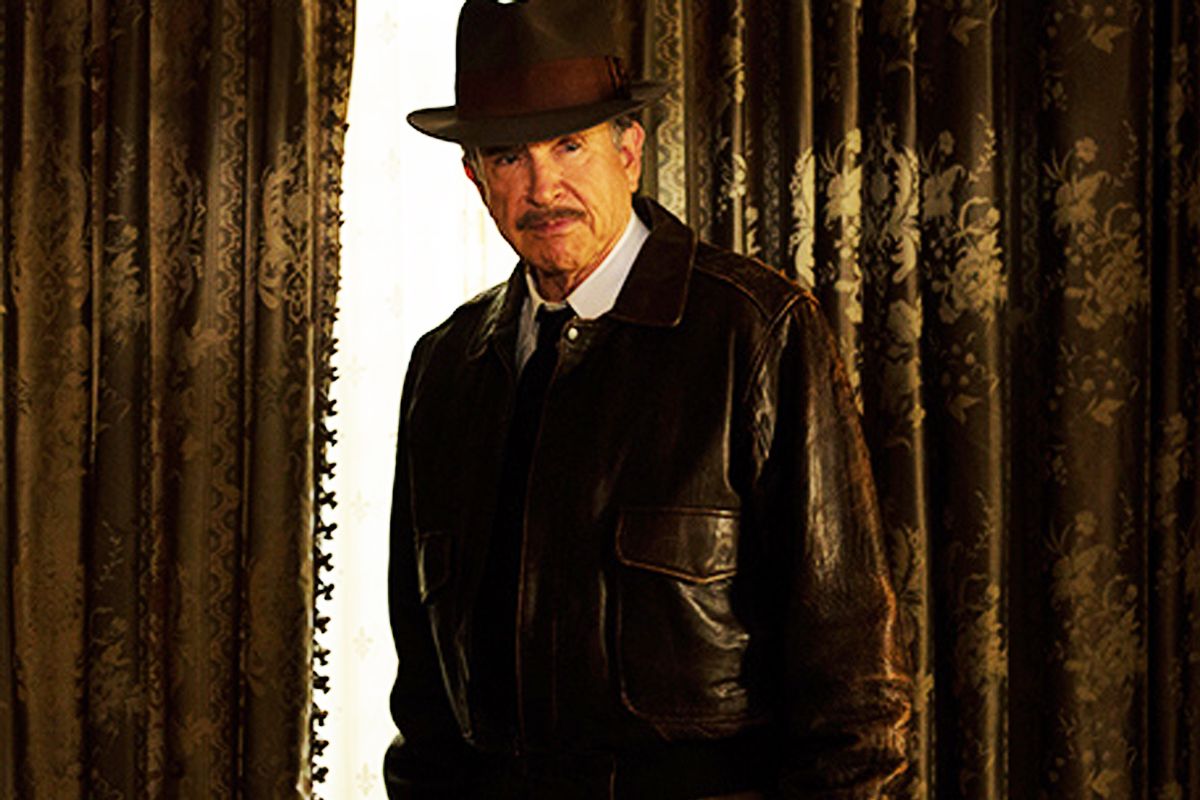The Midwife
by Matt Weiner
There is a scene early on in The Midwife that consists almost entirely of a conversation between Beatrice (Catherine Deneuve) and her doctor, in which Beatrice says barely a word and yet the camera doesn’t move from her face the entire time.
Director and writer Martin Provost allows moments like these to unfold again and again throughout the film, relying on superb performances and an unsentimental treatment of the material to present an arresting and spare meditation on love and the passage of time.
Claire (Catherine Frot) is an uptight midwife in Paris whose grim adherence to routine seems on the verge of upheaval, both professionally and personally. This coincides with the free-spirited Beatrice, the mistress of Claire’s dead father, reappearing out of nowhere.
It’s a familiar setup: Claire and Beatrice are natural foils, and they both have some unexorcised emotions to work out over the man they both loved, in their own ways. But that relationship between Claire and Beatrice is the main attraction, and the two actresses work off one another in a way that keeps things poignant, never melodramatic.
Deneuve, in particular, is equal parts devastating and disarming as Beatrice. It’s fitting that at this point in her career, she’s now deconstructing the haughty mystery that she become indelibly associated with over the last 50 years.
What happens when life finally strips away all the defensive layers and artifice that a woman like Beatrice has worked so hard to maintain? What remains when you’re all alone save a body that’s slowly betraying you?
The film doesn’t answer all these questions. And, beguilingly, neither does Deneuve. As circumstances force Beatrice to part with all her glamorous trappings, she holds onto her defiance. And some of her reticence.
In The Midwife, it’s not death that the characters are afraid of—it’s all the indignity that time heaps on us in between being born and dying. Babies “spring out from nothing,” Claire observes. Controlling as she is, Claire can only do so much for those she has brought into the world.
What anyone chooses to make of their time afterward, the film suggests, is all part of the mystery, joy and frustration of being alive.








